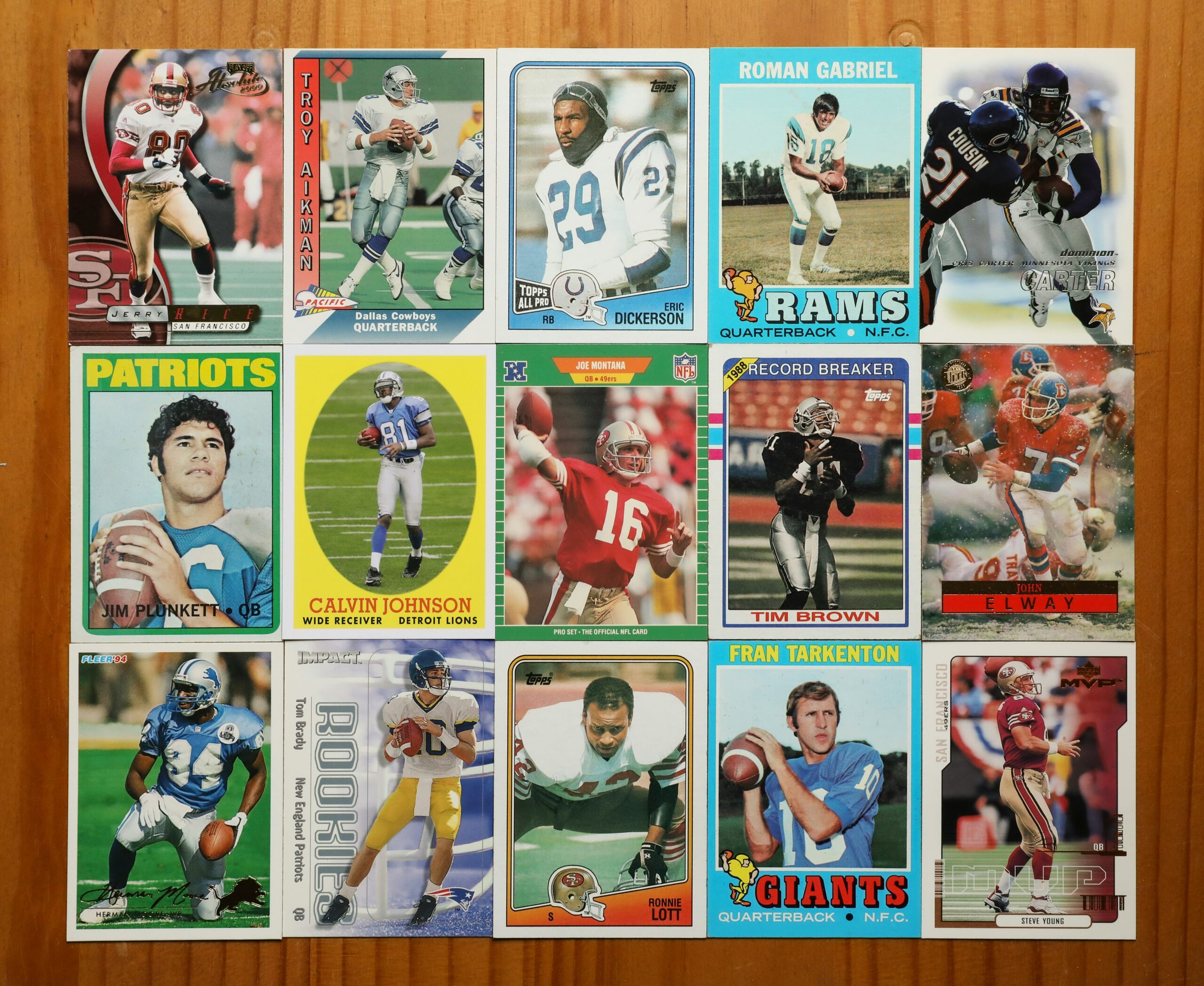
Sports card collecting has evolved far beyond a simple pastime for fans. What began as a hobby fueled by nostalgia and admiration for athletes has transformed into a sophisticated blend of art and science, drawing collectors, investors, and enthusiasts worldwide. The journey from casual collecting to serious investment requires understanding both the emotional appeal and the technical nuances that influence the value of sports cards.
A History Rooted in Passion and Culture
Sports card collecting dates back to the late 19th and early 20th centuries when tobacco companies included cards featuring athletes in their packaging. Early collectors prized these cards for their rarity and the glimpse they offered into the world of sports. Over time, the hobby grew with advances in printing and distribution, expanding to include multiple sports and a wide range of card types.
The emotional connection collectors feel toward sports cards remains a driving force. For many, cards represent memories of favorite teams, legendary players, or childhood experiences. This deep sentimental value makes collecting a personal and rewarding pursuit. Even today, collectors often seek cards that celebrate iconic moments, rare appearances, or unique artwork, blending nostalgia with a love for sports culture.
The Science Behind Valuation and Rarity
While passion initiates many collectors into the world of sports cards, understanding the science of valuation is crucial for anyone looking to turn their hobby into an investment. Several factors contribute to a card’s worth, including rarity, condition, player popularity, and market demand.
Rarity is one of the most significant drivers of value. Limited print runs, misprints, and vintage cards contribute to scarcity, which collectors prize highly. The condition of a card, assessed by grading companies, also plays a key role. Cards graded near or gem mint fetch higher prices because collectors prefer pristine examples. Third-party grading services offer standardized assessments, giving buyers and sellers confidence in the card’s quality.
Beyond rarity and condition, the popularity and legacy of the player depicted impact card values. A rookie card of a rising star or a legendary athlete often commands a premium. Additionally, market trends, influenced by recent events, media coverage, and player performance, can drive fluctuations in card prices. Collectors must stay informed and agile to navigate these changes effectively.
The Role of Technology in Modern Collecting
Technology has revolutionized sports card collecting by introducing new platforms and methods for buying, selling, and authenticating cards. Online marketplaces provide access to global audiences, making finding rare cards easier or connecting with interested buyers. Auction sites allow competitive bidding, often driving prices higher than traditional sales channels.
Digital tools also assist collectors in researching card values and tracking trends. Websites and apps offer price guides, sales history, and real-time market data, empowering collectors with insights that were once difficult to obtain. This data-driven approach helps collectors make smarter investment decisions.
Moreover, the rise of digital collectibles, like NFTs (non-fungible tokens), has expanded the concept of sports memorabilia. While digital cards differ from physical ones, the principles of rarity, provenance, and demand remain. This innovation has sparked fresh interest and investment opportunities within the hobby.
Strategies for Building a Valuable Collection
Collectors must develop thoughtful strategies to succeed in sports card collecting as an investment. Research is fundamental. Understanding which players, sets, and eras are likely to appreciate helps collectors avoid impulsive purchases and focus on cards with long-term value.
Diversification can reduce risk. Like in traditional investing, spreading resources across multiple cards, players, or sports limits exposure to any asset’s fluctuations. Collectors might combine vintage cards with modern rookies or mix star athletes with emerging talents.
Condition preservation is essential. Proper storage, using protective sleeves and cases, prevents damage and maintains a card’s grade. Avoiding exposure to sunlight and humidity and handling them minimizes wear and tear.
Networking with other collectors, dealers, and experts also benefits collectors. Engaging in communities, attending shows, and following industry news keeps collectors informed and connected. These relationships can lead to exclusive opportunities and valuable advice.
The Financial Potential and Risks Involved
Sports card collecting offers significant financial rewards, but it carries risks. High-profile sales, like record-breaking auctions of rare cards, attract media attention and inspire new investors. Some collectors have seen their investments grow substantially over a few years.
However, the market can be volatile. Prices fluctuate based on player performance, market sentiment, and broader economic conditions. Not every card will increase in value, and some may even depreciate. The lack of liquidity compared to stocks or bonds means selling at the right time can be challenging.
Collectors must approach sports cards with realistic expectations. Viewing cards solely as investment vehicles without appreciating the hobby’s cultural and personal aspects can lead to disappointment. The best results come from balancing passion with practical financial strategies.
Future Trends Shaping Sports Card Collecting
Looking ahead, sports card collecting continues to evolve. Interest from younger generations and international markets is expanding the collector base. Technology, including blockchain and augmented reality, promises to enhance the collecting experience.
Grading and authentication processes are becoming more sophisticated, reducing fraud and increasing trust. Meanwhile, collaborations between sports leagues, card manufacturers, and digital platforms create new collectibles that blend physical and virtual elements.
As the hobby grows, education remains vital. Collectors who keep learning about the market, technology, and player developments position themselves for success. The art and science of sports card collecting will continue to attract those who appreciate the emotional connection to sports and the analytical challenge of investment.